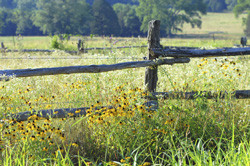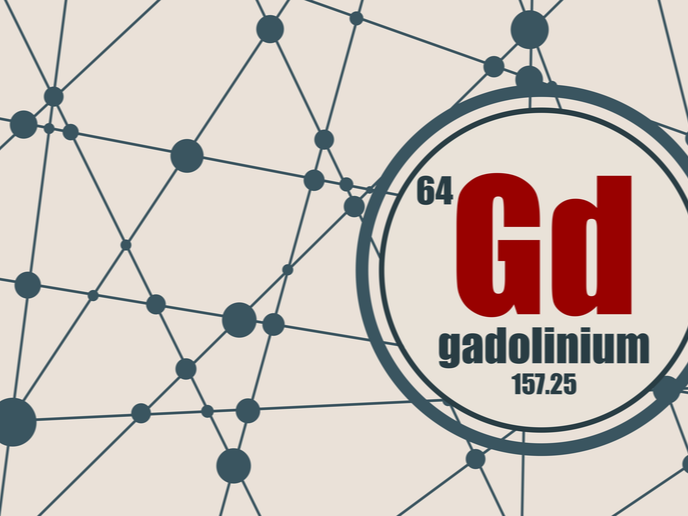Dynamics of old-field recolonisation
The past few decades have seen major changes in European land use due largely to a decline in agricultural practices. Such abandoned pastoral land or old-fields may return to their historical composition or, depending on the plants that recolonise them, transform into new states. To recolonise old-fields, seed needs to arrive from elsewhere via seed dispersers such as wind, animals or insects. The EU-funded ALLEEMOD project aimed to unravel the dynamics of old-field colonisation by animal-dispersed plants, particularly via the faeces of fruit eaters. ALLEEMOD studied an old field in Spain's Doñana National Park that was used for cow grazing until 1996, when the cows were removed upon land expropriation. Scientists wanted to see if the land would return to its original Mediterranean shrubland state or be transformed by colonisation of different plant species. Focusing on the effects of a decline in fruit-eating mammals, ALLEEMOD used data sets covering two decades to build a model that simulates recolonisation of this old-field. Researchers found that reduced numbers of fruit-eating animal dispersers results in sparse populations of source plants, which in turn restricts plant colonisation. This is due to the so-called Allee effect, where the smaller the source or pioneering population, the slower the population grows and colonises land. Interestingly, researchers used spatial data and analyses of faecal seed composition to show that faeces deposited by fruit-eating mammals were clustered together. Clustered faeces contained more seed than isolated ones. ALLEEMOD's simulation experiments using its DisPear model also revealed that the density and movements of seed dispersers affect the success of recolonisation. For example, badgers eat more fruit than foxes do, yet seed dispersal distance declined with increasing badger abundance. This was likely due to badgers staying close to fruiting trees and therefore dispersing seed over shorter distances compared with foxes. In unravelling the dynamics of old-field recolonisation, ALLEEMOD's model may also be used for other species/landscape systems. This will contribute to predicting the effects of global land-use changes.





